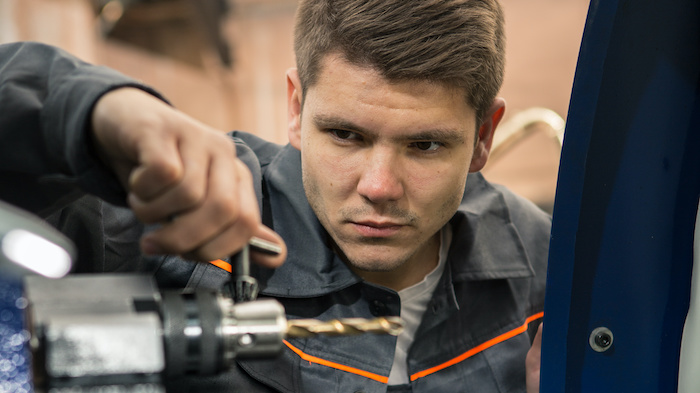2 min read
Process improvement tasks and objectives
There are many reasons why a company may pursue continuous improvement projects: teams may be tasked with identifying...
By: MITGI on Dec 22, 2022 10:29:44 AM

Understanding how a tool wears can provide valuable clues that may lead to improved performance. Different tools will wear at different rates and can depend on factors such as the material cutting, speed and the feed rates, tool coating, and more. It’s impossible to prevent tool wear, but you can manage it. Proper management helps achieve a range of operational goals, including increasing the speed, volume, and quality of your production. All of these factors can help contribute to cost savings and increased throughput.
Observing and identifying the source of tool wear is the first step in the management process. Inspecting your tools throughout production can help identify potential problems that could contribute to premature wear.Here are a few common types of precision tool wear:
Abrasive materials are notorious contributors to premature tool decline. Difficult-to-machine materials with abrasive properties can create cratering and scarring grooves on the cutting edge.
Adhesion wear happens when chips become essentially spot welded to the cutting tool. It occurs most often on softer metals—aluminum, brass, or copper—that have a lower melting point. This is also referred to as build-up.
Chipping of the cutting tool’s leading edges can be easy to spot on the tool or the workpiece. It can be caused by vibration or by improper speed and feed rates. Other wear conditions, like thermal cracking, can also lead to chipping.
Thermal cracking is caused by rapid temperature swings in the cutting process. You may notice cracks perpendicular to the tool’s cutting edge.
When a tool breaks, that’s called fracture and is considered a catastrophic failure. This may be related to the setup, using an aggressive speed or feed rate, or another wear event that went unnoticed.
Sometimes, tool wear is not as obvious as the examples above. At MITGI, we use equipment and technology to inspect tools with great precision. By inspecting used tools we may be able to assess subtle differences in flute engagement, observe occurrences of uneven wear, or note any areas that may be breaking down prematurely.
Once you’ve identified how the tool is wearing, the next step is to make changes to alleviate or overcome the source of premature wear. Managing tool wear can be complex. Knowing which changes to make can be a long, iterative, and expensive process. Turn to MITGI to provide analysis and make recommendations. With this information, you can determine which variables to change to help achieve improved performance.
Aug 20, 2025by MITGI
There are many reasons why a company may pursue continuous improvement projects: teams may be tasked with identifying...
Aug 13, 2025by MITGI
In many industries that require precision machining, burrs left behind during manufacturing can get in the way of the...
Mar 31, 2025by MITGI
For long-running product lines with well-established cutting tool usage, blanket orders are an easy way to ensure that...